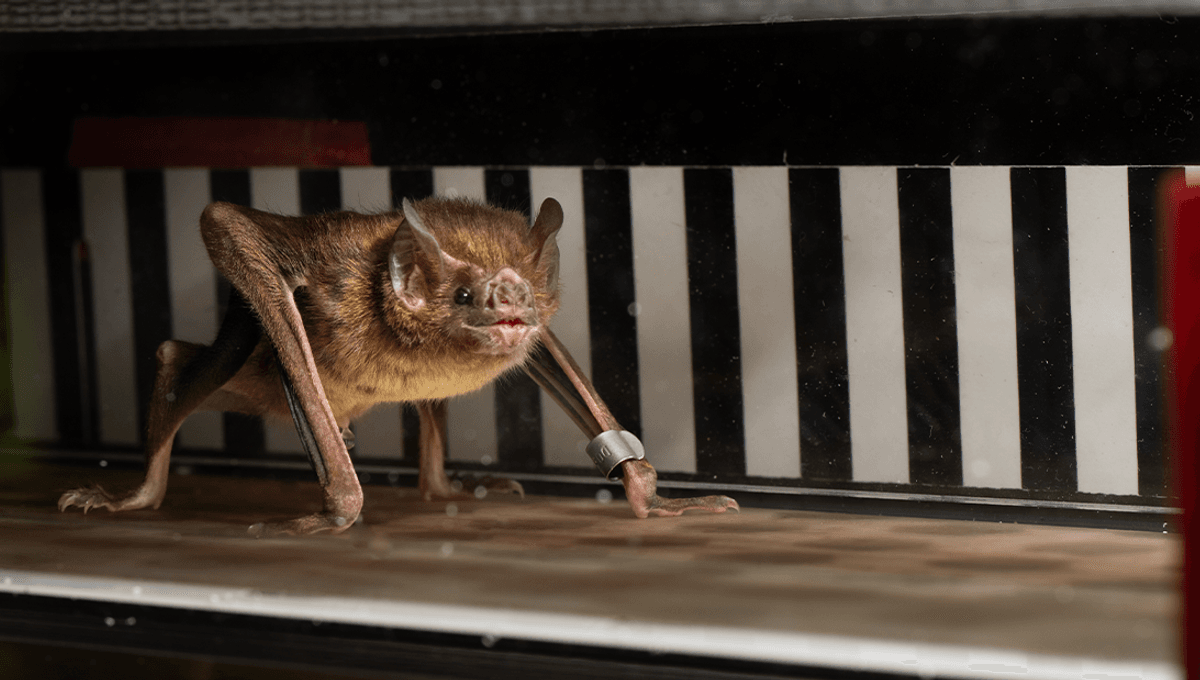
Vampire Bats: An Intriguing Insight Into Nature's Misunderstood Creatures
When you think of vampire bats, what comes to mind? Are you picturing a bloodthirsty creature lurking in the shadows, ready to pounce? While it's easy to let our imaginations run wild with tales of horror, it’s time to peel back the layers and dive into the real story of these fascinating mammals. Let's glow a spotlight on the world of vampire bats and challenge the perceptions surrounding them.
What Are Vampire Bats and Where Do They Live?
Vampire bats, scientifically known as Desmodus rotundus, are small, nocturnal mammals commonly found in Central and South America. With their distinctive flattened bodies and specialized adaptations, these intriguing creatures have become notorious for their unique feeding habits. But did you know that there are actually three species of vampire bats? In addition to the common vampire bat, there's also the hairy-legged vampire bat and the white-winged vampire bat. Each plays its own role in the ecosystem!
Understanding Their Unique Feeding Habits
It's time to address the elephant in the room: yes, vampire bats feed on blood. But before you scream “vampire!” and reach for the garlic, let's look at why this is so fascinating. Unlike the horrific depictions in movies, vampire bats don't drain their victims to near death. Instead, they typically consume only a tablespoon of blood, often from livestock or other animals that don’t seem to mind too much.
Here’s an analogy: think of vampire bats as diners at a buffet—they nibble a little here and a little there. Their feeding method, called hematophagy, involves making a small incision with their sharp teeth and secreting an anticoagulant enzyme from their saliva that keeps the blood flowing. This allows them to feed quickly and efficiently without causing severe harm to their host. Remarkable, isn’t it?
The Science Behind Their Supernatural Reputation
Vampire bats have an uncanny ability to sense body heat, which allows them to locate blood vessels beneath their target's skin. This incredible adaptation could make one raise an eyebrow—how do these little creatures hone in on their meals with such precision?
Interestingly, their infrared sensors, located on their nose, can detect even the slightest changes in temperature, making it easier for them to find a meal in the dark. While our inner fears might paint them as monstrous hunters, their persistence and cunning in evading detection reveal a strategy that’s actually quite awe-inspiring.
The Social Side of Vampire Bats
Vampire bats aren’t just solitary predators; they are also incredibly social creatures. In fact, these little vampires establish lasting friendships, often sharing blood meals with other bats in their social network. Imagine a highly sophisticated dinner party where guests take turns serving each other! When one bat stumbles on a good meal, it might share with another bat that hasn’t been so lucky, reinforcing their bonds of friendship.
This behavior highlights an important aspect of their survival: cooperation. In their world, sharing is not just caring; it’s essential. As part of their social structure, vampire bats often take turns grooming each other, reinforcing relationships that can be vital when food is scarce. It’s almost like a bat version of a family potluck!
Myths and Misconceptions: Bats in Pop Culture
From Bram Stoker’s “Dracula” to today’s sensational horror movies, vampire bats have been depicted in ways that often overshadow their real-life contributions to ecosystems. But what if we told you that understanding these creatures can lead to a more informed view of nature? They serve invaluable roles in controlling populations and maintaining balance within their habitats, just like other wildlife.
Regrettably, popular culture has a knack for morphing these unique mammals into terrifying villains. The truth is, without vampire bats, some animal populations can grow unchecked, leading to ecological imbalance. So next time you hear a bat screech or see a silhouette flitting across the moonlit sky, remember: they're not just movie monsters; they’re vital players in the grand tableau of biodiversity.
Conservation and Their Future
With habitat loss and fear-driven extermination still looming over many species, it’s crucial to raise awareness about the importance of vampire bats. Conservation efforts should focus not only on preserving their natural habitats but also on promoting a positive narrative that challenges common misconceptions.
Some researchers are even studying vampire bat saliva for potential medicinal benefits, particularly in the development of anticoagulant drugs that can save lives. Who would have thought that these infamous creatures might hold keys to scientific breakthroughs?
Conclusion: Embrace the Diversity of Nature
As we lift the veil on the mystique surrounding vampire bats, it becomes evident that there's so much more to these creatures than meets the eye. Their complex social behaviors, unique feeding habits, and ecological roles paint a picture far removed from the horror stories they inspire. “Why fear something when you can understand it better and marvel at its diversity and complexity?”
So the next time you're captivated by tales of the supernatural, remember to look beyond the shadows. Embracing the wonders of nature, including the misunderstood vampire bat, opens our minds to the incredible tapestry of life that enriches our world. Let’s explore, appreciate, and protect these creatures—after all, they might just be more fascinating than frightening!